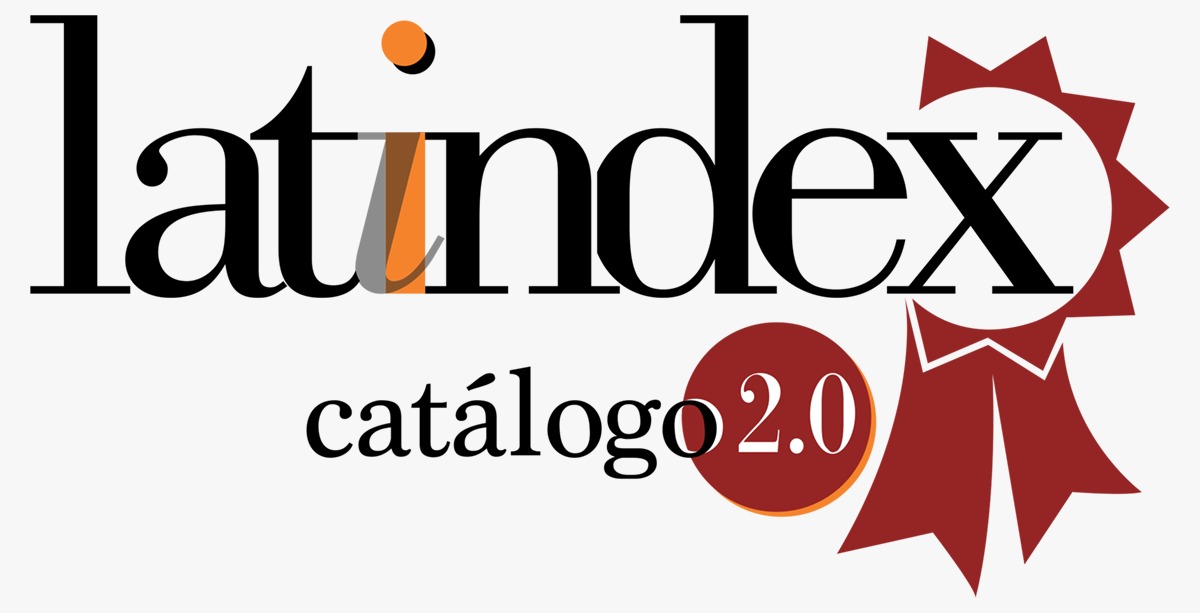Human rights and social vulnerability. Agenda 2030 and original peoples. Peru to 2050
DOI:
https://doi.org/10.47865/igob.vol5.n20.2022.227Keywords:
Human Rights, Social Vulnerability, Agenda 2030, Original PeoplesAbstract
We are living, in Latin America and the Caribbean, one of the worst moments in our history, if not the worst. A crisis of humanity with health, economic, social, political, cultural and environmental effects and consequences, which will last in the medium term. The consequences of the confinement by COVID-19, citizen discontent, family violence, lack of health care, job loss, informality, food insecurity, corruption, etc., are already manifesting in the distancing of representative democracies, lack of trust in public institutions, making governance precarious (governance consists of the traditions and through the institutions by which authority is exercised in a country. This includes the process by which it is selected, monitored and replaces governments, the government's ability to effectively formulate and implement sound policies, and the respect of citizens and the state for the institutions that govern the economic and social interactions between them Kaufmann et al. 2009) of countries. A vision of human rights within the framework of social vulnerability, the proposal for the 2030 Agenda on indigenous peoples, as well as the vision of Peru to 2050, will be presented. Likewise, a call for integration, product of the I Andean Communication Congress held in Lima. (September 28 and 29, 2022).
Downloads
References
Aguilar Cuevas M. (1998) Las tres generaciones de los Derechos Humanos. Revista número 30 del Órgano Informativo de la Comisión de Derechos Humanos del Estado de México.
Centro Nacional de Planeamiento Estratégico - CEPLAN (2019)
Gasparini, L. Sosa, E. (2013) Escudero, Pobreza y Desigualdad en América Latina. CEDLAS, Universidad Nacional de la Plata, Argentina, 2013 (www.econo.unalp.edu.ar)
Kaufmann, V., Viry, G. & Widmer, E. (2009). Motility. En B. Collet & N. Schneider (Eds.), Mobile living across Europe. Vol. II de Causes and consequences of job-related spatial mobility in cross-national perspective. Leverkusen-Opladen: Barbara Budrich Publishers.
Klein, N. (2008) La Doctrina del Shock. El auge del capitalismo del desastre. Paidós, Bs. As. Argenitna. ohchr.org / attps//www.ohchr.irg. what - are - h...
London, S. Fornichella, M. (2006) El concepto de desarrollo Sen y su vinculación con la educación, Economía y Sociedad. Vol. XI número 17, enero-junio, 2006, pp 17-32, Universidad Michoacana de San Nicolás de Hidalgo, México, México.
Merani, A. (1965) Prefacio de Henri Wallon. Introducción a la psicología Infantil. Mérida, Universidad de los Andes. Facultad de Medicina, 2da. edición (1965), Barcelona.
Pizarro, R. (2008). La Vulnerabilidad Social y sus desafíos: una mirada desde América Latina (Naciones Unidas, CEPAL, Santiago de Chile, febrero, 2001) / SO102116_es )
Von Martin, A. (1962) "Sociología del Renacimiento", FCE, México, DF, 1962
Downloads
Published
How to Cite
Issue
Section
License

This work is licensed under a Creative Commons Attribution-NonCommercial-ShareAlike 4.0 International License.
Esta obra está bajo una licencia internacional Creative Commons Atribución-NoComercial-CompartirIgual 4.0.
















